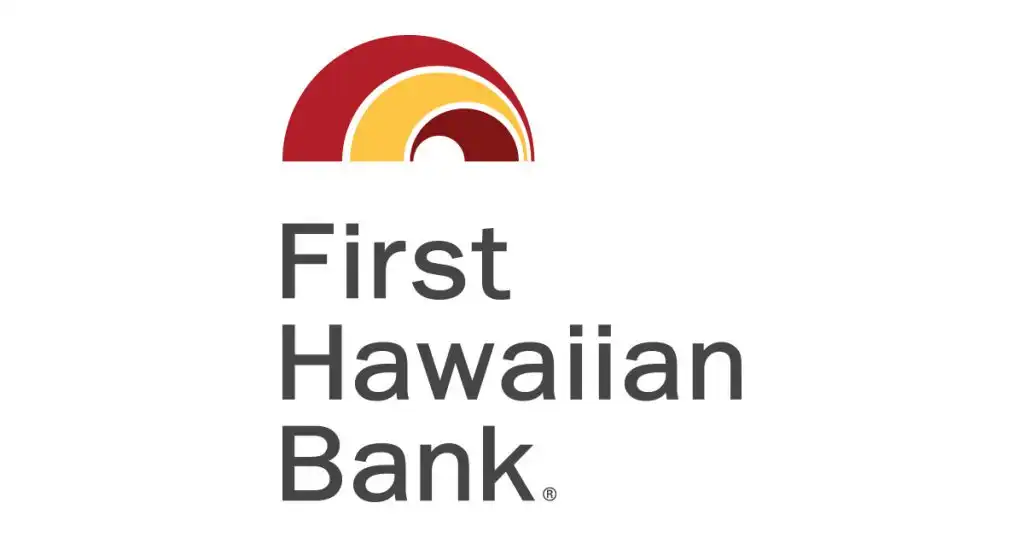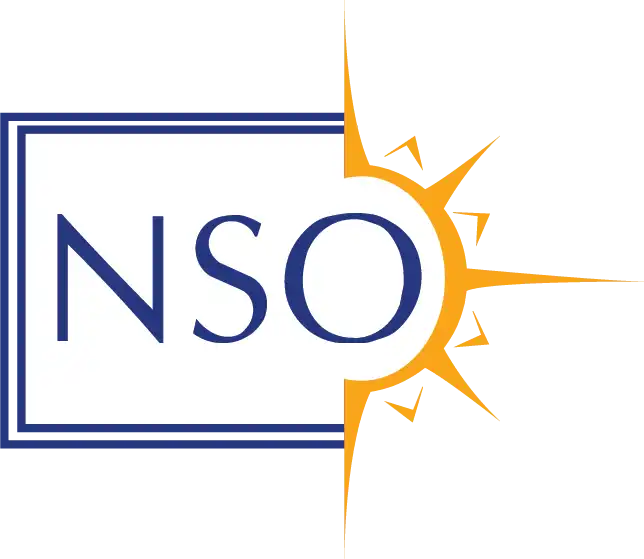Maui wildfire recovery: Progress and persistent challenges highlighted in UHERO report

Nearly two years after the devastating Maui wildfires, survivors of the disaster are showing encouraging signs of recovery, although problems with healthcare access, children’s mental health and housing instability persist, according to a report by the University of Hawaiʻi Economic Research Organization.
The results come from the latest update of the Maui Wildfire Exposure Study, which surveyed 2,000 wildfire-affected adults and children since the Aug. 8, 2023, wildfires that displaced thousands of residents and killed at least 102.
Encouraging trends:
- Improving adult health: Reports of worsened health and symptoms of depression among adults are beginning to decrease, suggesting emotional healing is underway.
- Strong community support: Three out of five participants report dependable support from family or neighbors.
- Job market recovery: More than half of those who lost their jobs due to the fires have successfully returned to work.
Persistent challenges:
- Healthcare access: A significant barrier remains, with 1 in 3 residents reporting difficulty accessing medical care.
- Housing and food instability: Nearly half of the affected population continues to reside in temporary housing; food insecurity is a common concern.
- Children’s mental health: While most children appear physically healthy, early indicators of mental health strain are surfacing, underscoring the need for continued support.
Findings for adults
Data collected through January of this year from 1,800 adult wildfire survivors shows “the long arc of recovery,” the UHERO report says.
Overall, 41% of adults report declining health compared with the previous year, with half showing depressive symptoms, 26% moderate-to-severe anxiety, and 4.2% suicidal thoughts in the past month.
Physically, 74% have elevated or hypertensive blood pressure, and more than a quarter present symptoms of reduced lung function.
Access to healthcare continues as a “persistent barrier,” according to the report. About a third of participants say they’ve had difficulty scheduling appointments or getting prescriptions, especially for chronic respiratory conditions.
“The social recovery is equally uneven,” the report says. About 41% of adults remain in temporary housing, and 25% are still unemployed but looking for employment.
“Despite these struggles, 61% report high levels of support from family and friends – demonstrating the continued strength of community bonds.”
Children resilient, but ‘red flags’ about emotional well-being
For children impacted by the disaster, the study shows signs of physical healing, “but their emotional well-being raises serious red flags.”
Fifty-one percent of children, ages 10 to 17, have screened positive for depression, with 22% in the severe range. Nearly a third report anxiety, and almost 45% show signs of post traumatic stress disorder – 4.3% at severe levels.
“One in four report low self-esteem, and many are experiencing functional challenges at school and home.”
The UHERO report says there’s a “growing concern” with cardiopulmonary health. One in three children tested showed elevated or high blood pressure, with Filipino youth most affected, with 15.2% categorized as having Stage 2 hypertension. Nearly 20% of children have impaired breathing capacity, especially among Asian and Filipino children. Girls have slightly more severe lung issues.
“These findings point to the need for sustained investment in pediatric care, trauma-informed school services, clean indoor air, and culturally tailored health programs,” the report says. “Without early intervention, these risks could become lifelong health burdens.”
One-year follow-up
One-year follow-up data is available for 424 participants.
“Within this group, we are beginning to see meaningful signs of recovery,” the report says.
These signs include: reports of worsening health dropping from 48% in year one to 36% in year two; suicidal thoughts dropping by almost half; and significant falling rates of severe depression and anxiety.
“These improvements suggest that emotional healing is underway for many,” UHERO reports. “At the same time, PTSD remains widespread, affecting nearly one in three participants. Physical health indicators – such as lung function – have worsened for many, pointing to gaps in long-term care.”
However, access to health insurance has improved dramatically, with the uninsured rate cut by 4% because of outreach efforts and programs such as Kaiser Permanente’s Health Access Program.
“Still, many residents – especially in rural areas – struggle to get the chronic and respiratory care they need.”
The big picture
The report concludes that: “The data suggest that while the road to full recovery remains long, meaningful progress is underway. Strategies such as outreach- driven health insurance enrollment, trusted community partnerships, and culturally rooted social support have helped many residents regain stability. At the same time, long-term challenges like chronic physical health conditions and trauma recovery as well as permanent housing needs require renewed investment and attention.”









